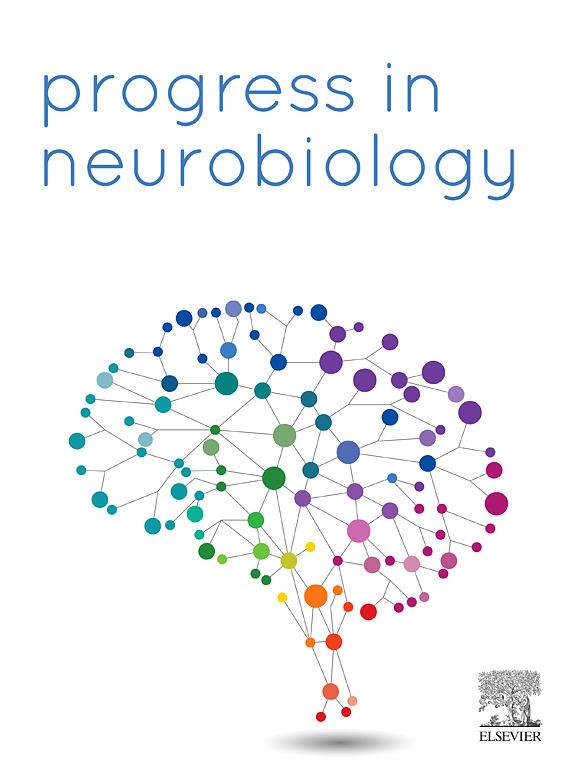Spatiotemporal network dynamics and structural correlates in the human cerebral cortex in vitro
IF 6.1
2区 医学
Q1 NEUROSCIENCES
引用次数: 0
Abstract
Elucidating human cerebral cortex function is essential for understanding the physiological basis of both healthy and pathological brain states. We obtained extracellular local field potential recordings from slices of neocortical tissue from refractory epilepsy patients. Multi-electrode recordings were combined with histological information, providing a two-dimensional spatiotemporal characterization of human cortical dynamics in control conditions and following modulation of the excitation/inhibition balance. Slices expressed spontaneous rhythmic activity consistent with slow wave activity, comprising alternating active (Up) and silent (Down) states (Up-duration: 0.08 ± 0.03 s, Down-duration: 2.62 ± 2.12 s, frequency: 0.75 ± 0.39 Hz). Up states propagated from deep to superficial layers, with faster propagation speeds than in other species (vertical: 64.6 mm/s; horizontal: 65.9 mm/s). GABAA blockade progressively transformed the emergent activity into epileptiform discharges, marked by higher firing rates, faster network recruitment and propagation, and infraslow rhythmicity (0.01 Hz). This dynamical characterization broadens our understanding of the mechanistic organization of the human cortical network at the micro- and mesoscale.
人脑皮层的时空网络动态及其结构相关性。
阐明人类大脑皮层功能对于理解健康和病理大脑状态的生理基础至关重要。我们从难治性癫痫患者的新皮质组织皮层切片中获得细胞外局部场电位记录。多电极记录与组织学信息相结合,提供了控制条件下和兴奋/抑制平衡调制后人类皮层动态的二维时空特征。切片表现出与慢波活动一致的自发节律性活动,包括活跃(Up)和沉默(Down)交替状态(Up-duration: 0.08±0.03s, Down-duration: 2.62±2.12s,频率:0.75±0.39Hz)。向上状态从深层向表层传播,传播速度比其他物种快(垂直:64.6mm/s;水平:65.9毫米/秒)。GABAA阻断逐渐将紧急活动转化为癫痫样放电,其特征是更高的放电率,更快的网络招募和传播,以及次慢节律(0.01Hz)。这种动态表征拓宽了我们对人类皮层网络在微观和中尺度上的机制组织的理解。
本文章由计算机程序翻译,如有差异,请以英文原文为准。
求助全文
约1分钟内获得全文
求助全文
来源期刊

Progress in Neurobiology
医学-神经科学
CiteScore
12.80
自引率
1.50%
发文量
107
审稿时长
33 days
期刊介绍:
Progress in Neurobiology is an international journal that publishes groundbreaking original research, comprehensive review articles and opinion pieces written by leading researchers. The journal welcomes contributions from the broad field of neuroscience that apply neurophysiological, biochemical, pharmacological, molecular biological, anatomical, computational and behavioral analyses to problems of molecular, cellular, developmental, systems, and clinical neuroscience.
 求助内容:
求助内容: 应助结果提醒方式:
应助结果提醒方式:


